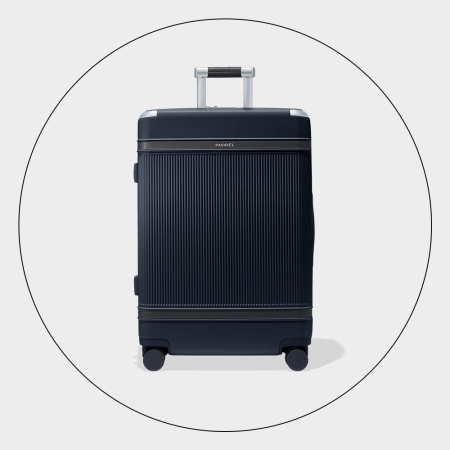According to a new report from travel blog Paddle Your Own Kanoo, a KLM Royal Dutch Airlines flight from Suriname to Amsterdam was diverted to Ireland on Wednesday morning after a passenger died mid-flight. The passenger, who was rumored to be traveling to the Netherlands for medical treatment, reportedly fell ill sometime in the air and regrettably did not make it.
It’s not the first time someone has died unexpectedly mid-flight, though it is an exceedingly rare occurrence (a New England Journal of Medicine article from 2013 found that just 0.3% of in-flight medical emergencies over a 34-month period ended in death). It stands to reason that, because around 500,000 people are estimated to be in the air at any given time, it unfortunately won’t be the last time, either. So what exactly happens when someone dies in flight?
To start, any kind of diversion or emergency landing is actually rare if the passenger is already dead (that, obviously, is not the case for passengers who are still alive and in need of immediate medical attention). In other words, and in case it’s not abundantly clear, the corpse remains on the flight…for the entirety of the flight.
Per a now-deleted viral TikTok from 2021 by a flight attendant who goes by the name Sheena Marie, more often than not, after the passenger has been checked for a pulse and confirmed dead, the body is just left where it is. Room permitting, it will be moved to the last row of the plane, or even sometimes to business class. It is wrapped in spare blankets and, for obvious reasons, must be strapped into a seat.
This debunks the age-old rumor that bodies are sometimes stored in the lavatories, which, as Sheena points out, can’t happen because the body can’t strapped down to anything in there. (Horrific.)
That said, according to one Business Insider report, Singapore Airlines once operated a (now-retired) fleet of Airbus A340-500 airliners that featured compartments big enough to store an average-size human body, which were colloquially referred to as “corpse cupboards.” (Equally horrific.) Fortunately, no other aircrafts are known to possess such a feature.
Once the plane arrives at its destination and all other passengers have deplaned, medical professionals come on board to examine the body before next of kin is notified.
Of course, this is not a hard and fast template — processes vary airline to airline, and by circumstance. In the case of the passenger on the recent KLM flight, the plane was diverted, though not all the details of the situation have been made public. But needless to say, it’s traumatic as far as inflight experiences go.
“[T]he intensity of the experience, in such constrained quarters, magnifies the effect for passengers and staff involved,” Dr. Paulo Alves, global medical director of MedAire, told Condé Nast Traveler. “It may not be as rare as a baby born in the sky, but in a tight space where nerves are already high, experiencing a death can leave its mark.”
Particularly if you’re the one sitting next to the deceased on a packed, long-haul flight.
Thanks for reading InsideHook. Sign up for our daily newsletter and be in the know.


















